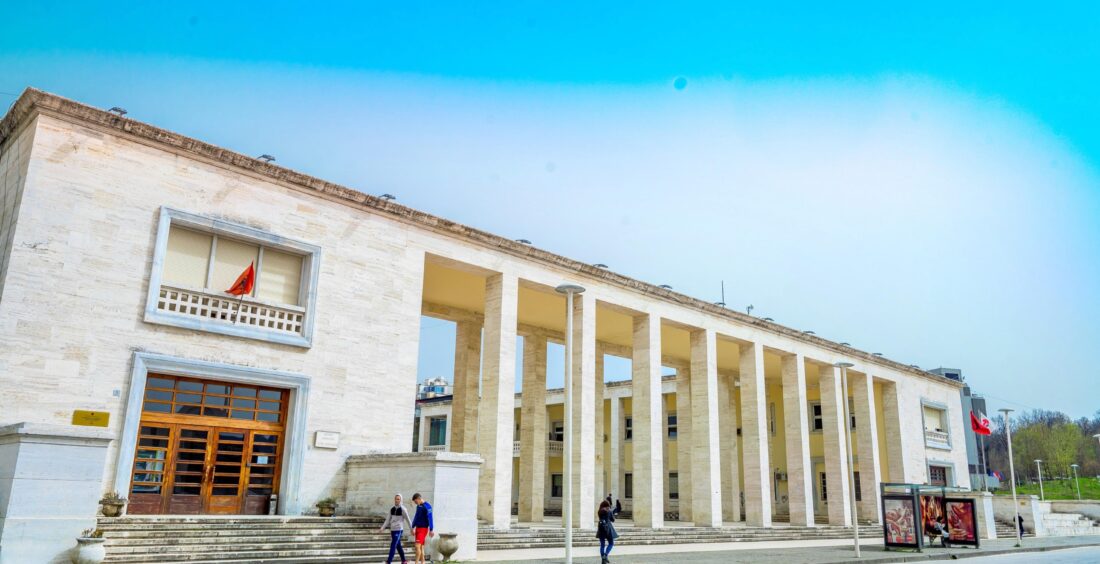The Archaeological Museum of Tirana is the first museum created after World War II, as the last museum institutions were destroyed during this war. It was opened on 01.11.1948 as an Archaeological-Ethnographic Museum and continued as such until 1976, when the ethnographic pavilion was separated and it was organized as a profiled archaeological museum. This museum presents archaeological research and discoveries throughout the territory of Albania. The exhibited material includes a period of time from the stone ages, to those of metals (iron bronze) when the Illyrian civilization was born and developed, the period of Illyrian antiquity and the period of late antiquity and the Middle Ages until the Ottoman occupation.
This museum provides complete information about the earliest settlements in Albania and especially about the periods where the formation processes of the Illyrian tribes and ethnos took place. Objects belonging to the prehistoric period, from the Paleolithic to the Iron Age, are exhibited in the first and second halls of the museum. The objects discovered from the south to the north of Albania are presented according to a thematic and chronological order, where the main purpose of their selection was the birth and creation of the authenticity of the Illyrian ethnos, which was created and developed in this territory. In the third and fourth hall, objects belonging to different periods are exhibited, from the c. IV BC until the century VI of e.r. according to a chronological division and according to a distribution from south to north of the Illyrian Koinones. In the century V-IV BC the urbanization of Illyrian cities began based on Koinones, which were political-administrative units. The period of antiquity is presented through civic centers that flourished in the c. III – II B.C. in the territories of the main Illyrian tribes. The objects exhibited in the windows of this period are intended to show the daily life of the Illyrians, but also the trade they had with the Greek colonies. In the fourth hall, two showcases are reserved for the Greek colonies (Durrachium, Apollonia and Orik) established along the Illyrian coast.
In the museum, objects outside the showcases are exhibited, where most of them are sculptures. In the fifth and last hall, objects belonging to the Middle Ages, which come from the castle and cemetery, especially from the famous cemetery of Koman, are exhibited. The objects exhibited in this hall are considered as a link of continuity from the Illyrian culture to the medieval one. The main purpose of this session is that the Illyrians were not Romanized, but they continued to live in the same territory, inheriting the same material and spiritual culture. The Archaeological Museum of Tirana has about 2,000 objects on display and relies on a reserve fund with more than 17,000 objects, to which other objects are added every year from systematic archaeological discoveries.









 Rruga e Elbasanit, Pallati nr. 111,
Rruga e Elbasanit, Pallati nr. 111,